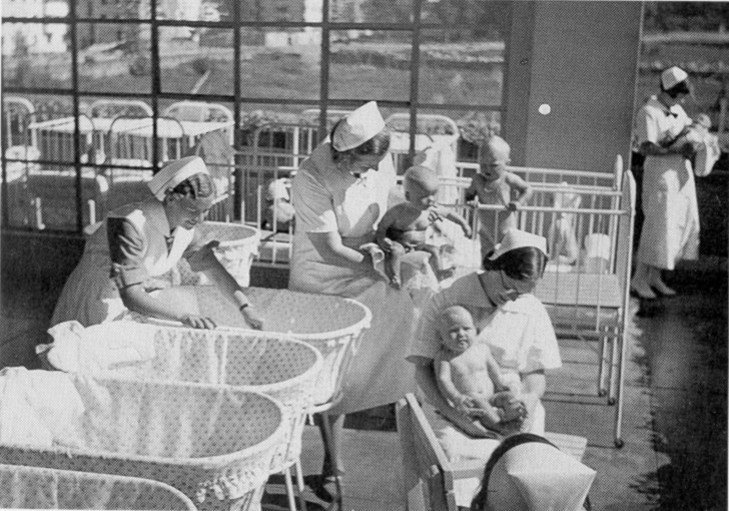Overview
The Helsinki studies comprise two cohorts: first, 7,086 people born at Helsinki University Hospital during 1924-33; second, 13,345 people born at the University or Midwives’ Hospital during 1934-44. Maternity records/Hospital Birth Records are linked to childhood measurements of height and weight from six-monthly school checks. The second cohort also includes height and weight measurements from infant welfare clinics – the average number of measurements is seventeen. Early records provide socio-economic data based on occupation and housing. In later adulthood, the surviving cohort members have been followed-up at clinic visits and through questionnaires. This work is conducted with our colleagues in Helsinki.

Objective
The objective is to examine how maternal, placental and neonatal variables and growth trajectories relate to the studied health and clinical outcomes, allowing for socio-economic factors.
Methods
Cohort members received a national ID number in 1970, which enabled linkage to detailed registers of death, cancer, hospital discharge, medication reimbursement and to the five-yearly census. Surviving cohort members have completed several health and lifestyle questionnaires. 2,503 have attended research clinics for assessment of anthropometry, body composition and metabolic rate, bone and grip strength, glucose tolerance, blood pressure, lipids, clotting and growth factors, thyroid hormones, medical history and lifestyle, cognitive function, personality, mood and response to stress. Blood was collected for DNA analysis. Cohorts of the participants’ parents and offspring have been assembled and sibling designs are used to assess the long-term consequences of breast-feeding duration.
